FOXNUT/MAKHANA
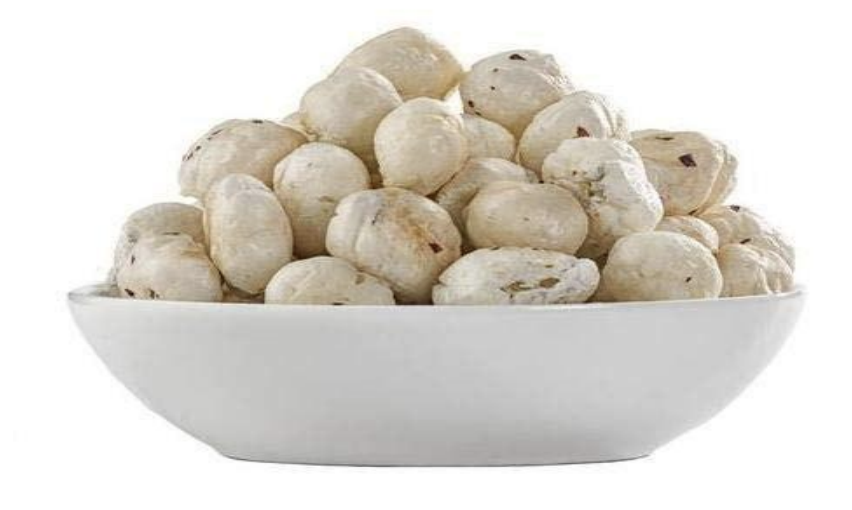
Makhana (Foxnut), also known as Gorgon Nut, is grown in India, Korea, Japan and Russia. It comes from the lotus seeds. Foxnut (Makhana) can be mixed with vegetables, popped like corn and made into yummy porridge.
Makhana has been proven to be high nutrients food which is rich
in medicinal properties and good for daily health diet. The nutrients contained are vitamin, minerals and fibers. Makhana is a high value commodity commercially cultivated only in Bihar and certain parts of eastern India. Besides this, it is grown as a natural crop in Madhya Pradesh, Rajasthan, Jammu & Kashmir, Tripura and Manipur.
MAKHANA – GLOBAL PROSPECTS AND OPPORTUNITIES
The Makhana market will grow at a CAGR of almost 7%
during the forecast period of 2019-2023.
The global Makhana market size will grow by USD 72.5
million during 2019-2023.
Makhana is highly popular in countries such as India, China,
Japan, and Thailand.
The potential of the Makhana market in Western countries such as
the UK and the US is still untapped.
With growing consumer awareness about the several health
benefits of Makhana, its demand is expected to increase rapidly in
coming years.
The presence of a large number of untapped markets will also
encourage new players to enter the market.
The demand for Fox nut is increasing and is considered as a
substitute for popcorn
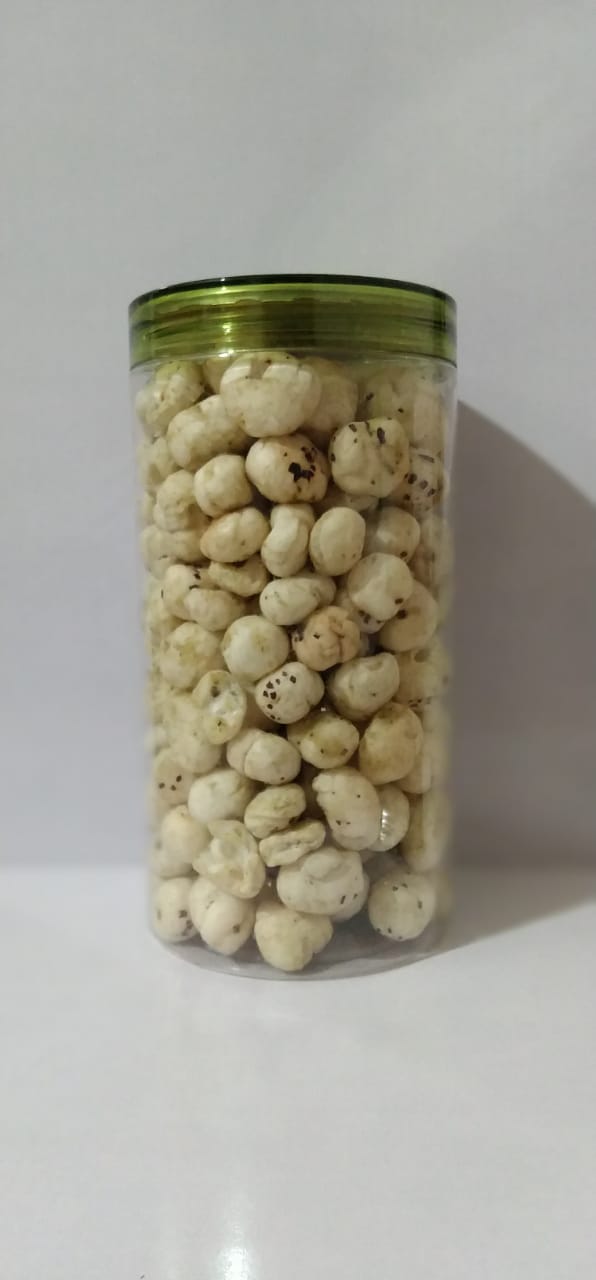
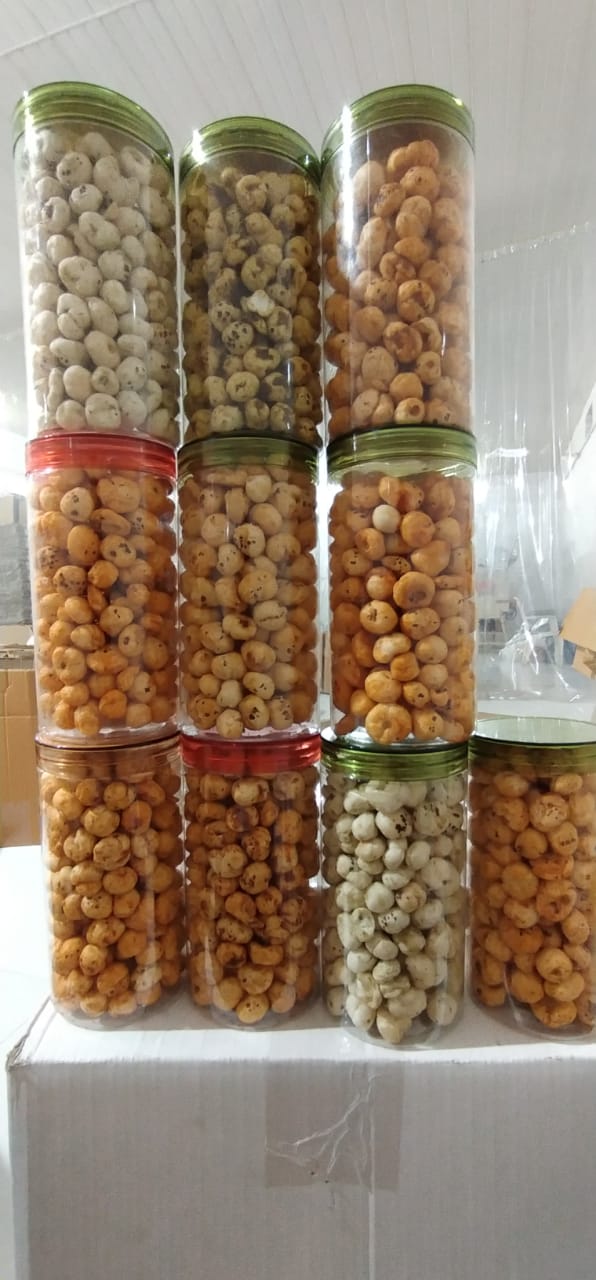

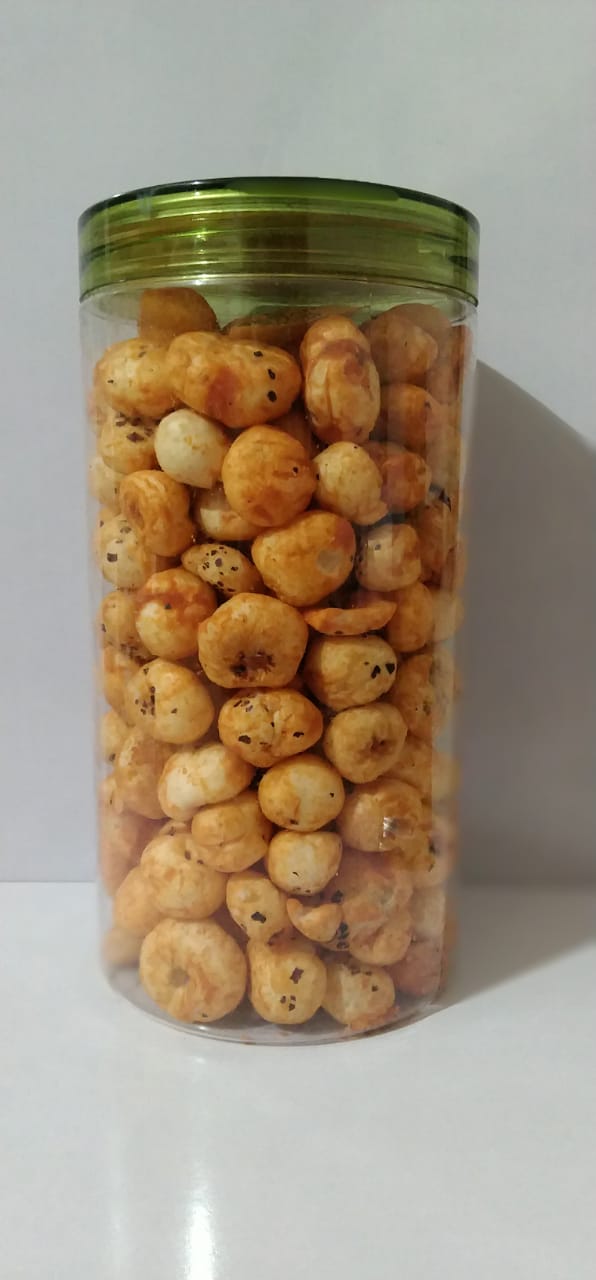

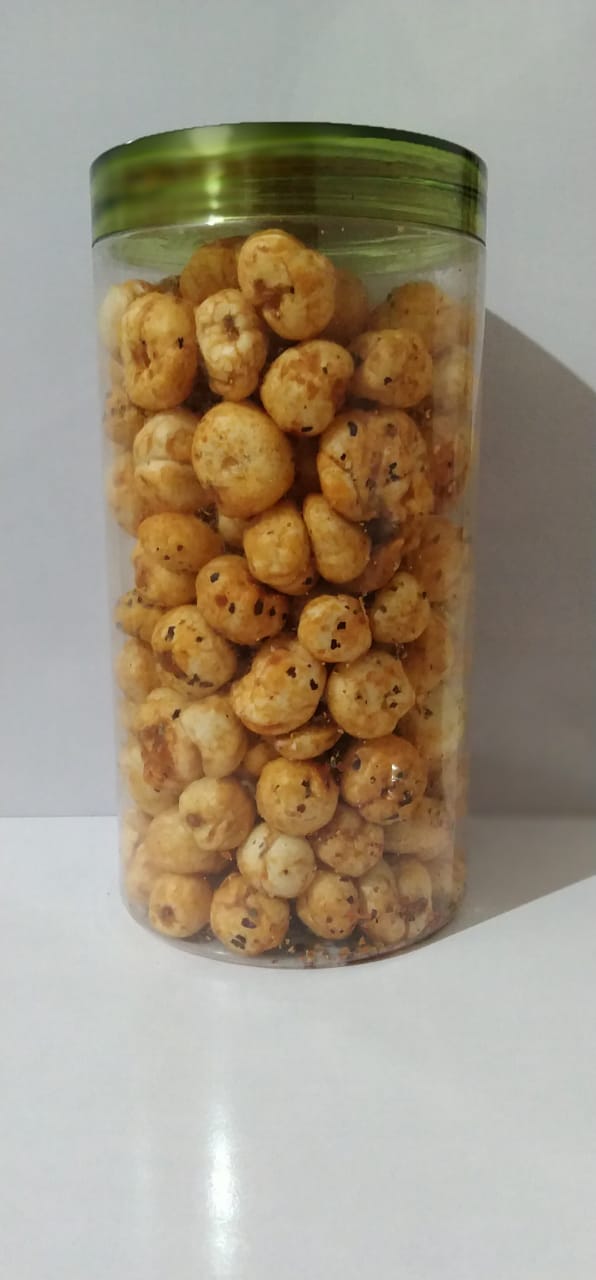
GLOBAL TRENDS & SCENARIO OF FOXNUTS
INDIA
– Bihar produces 90% of the world production of fox nut. It has been adapted to the tropical climate of India and is found in natural, wild forms in various parts of north-east India and scattered pockets of central and northern India. – Another significant contribution was seen in the demand for fox nut when two Indian players Makhanawala’s and Too Yum introduced packed fox nut snacks including chatpata masala and classic homestyle flavors that has undoubtedly changed the consumption for fox nut in the region.
CHINA
– In China, it has been cultivated in the Hainan and Taiwan islands for 3 – 4 millennia and widely used in Chinese medicine. Raw makhana seed powder is an essential ingredient of the baby foods in China. Its distribution includes the islands of Taiwan (Formosa) and Kyusyu, Shikoku and Honshu in Japan. – The most common use of the seed is in the form of lotus seed paste, which is used extensively in Chinese pastries as well as in Japanese desserts. – Dried lotus seeds must be soaked in water overnight prior to use. They can then be added directly to soups and congee or used in other dishes. Fresh lotus seeds are sold in the seed heads of the plant and eaten by breaking the individual seeds out of the cone-shaped head and removing the rubbery shell. Crystallized lotus seeds, made by drying lotus seeds cooked in syrup, are a common Chinese snack, especially during Chinese new year.
UNITED KINGDOM
– Nuto a London-based start-up have started producing popped lotus seeds manufactured in India and shipped to the U.K. the supply of fox nut is stable, as it is harvested twice per year. CEO of the company was inspired to create a brand that is healthier and provides savoury snacks to the masses. With growing popularity of fox nut in France, Germany, and Italy has also created high growth opportunity of the fox nut producers, due to the large customer base in these regions.
COLOMBIA
– Lotus seeds are also common in the northern part of Colombia, especially in cities like Barranquilla and Cartagena. Locals usually refer to lotus seeds as “martillo.” Fresh lotus seeds are sold in street markets and are generally eaten raw by the locals.

